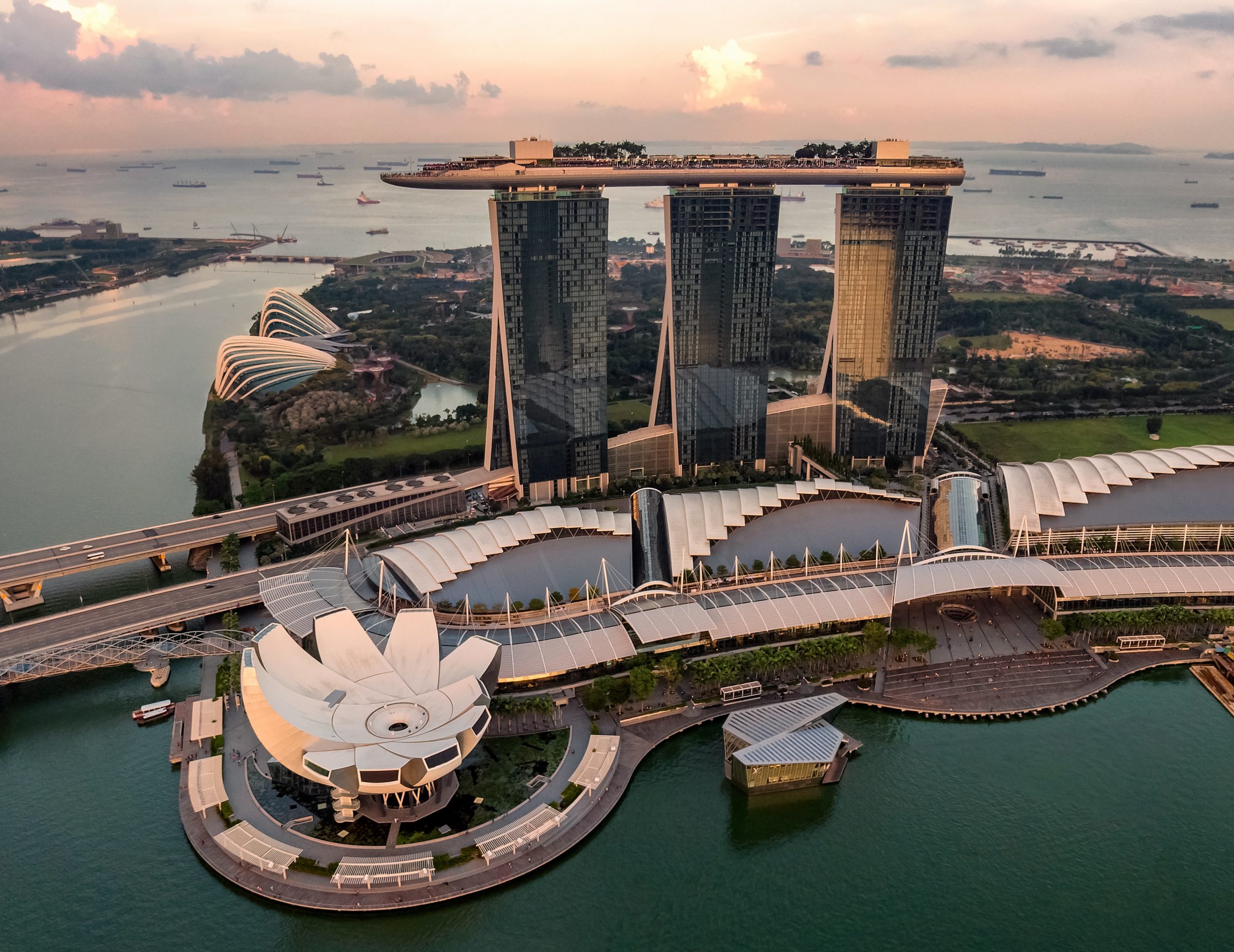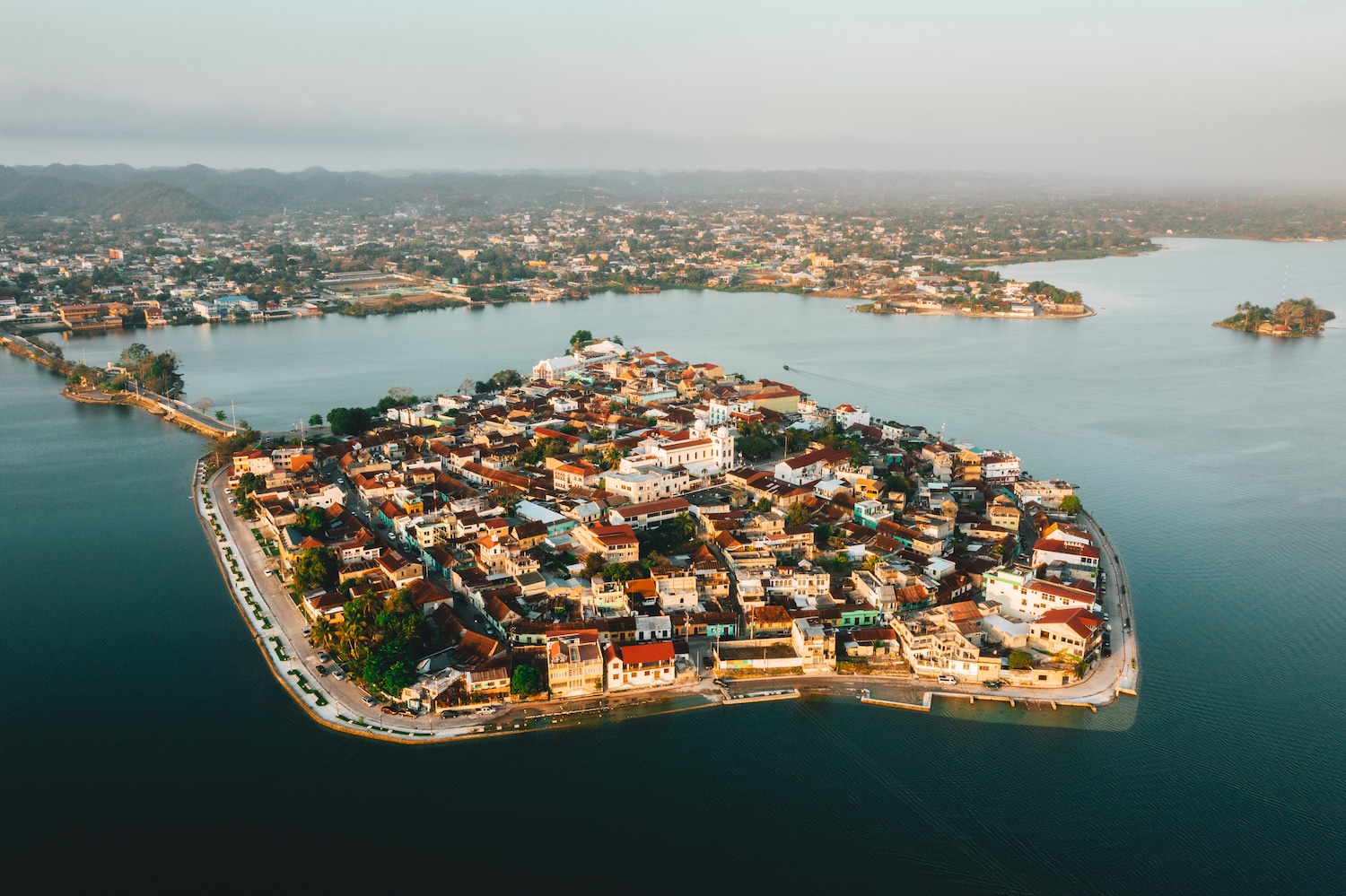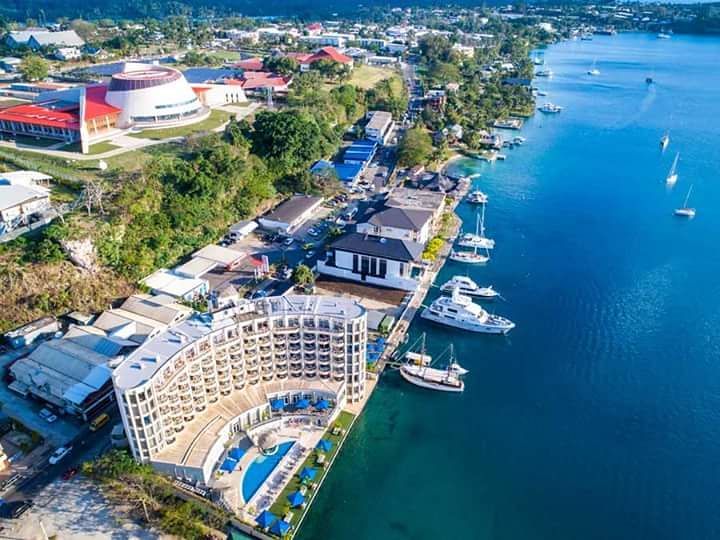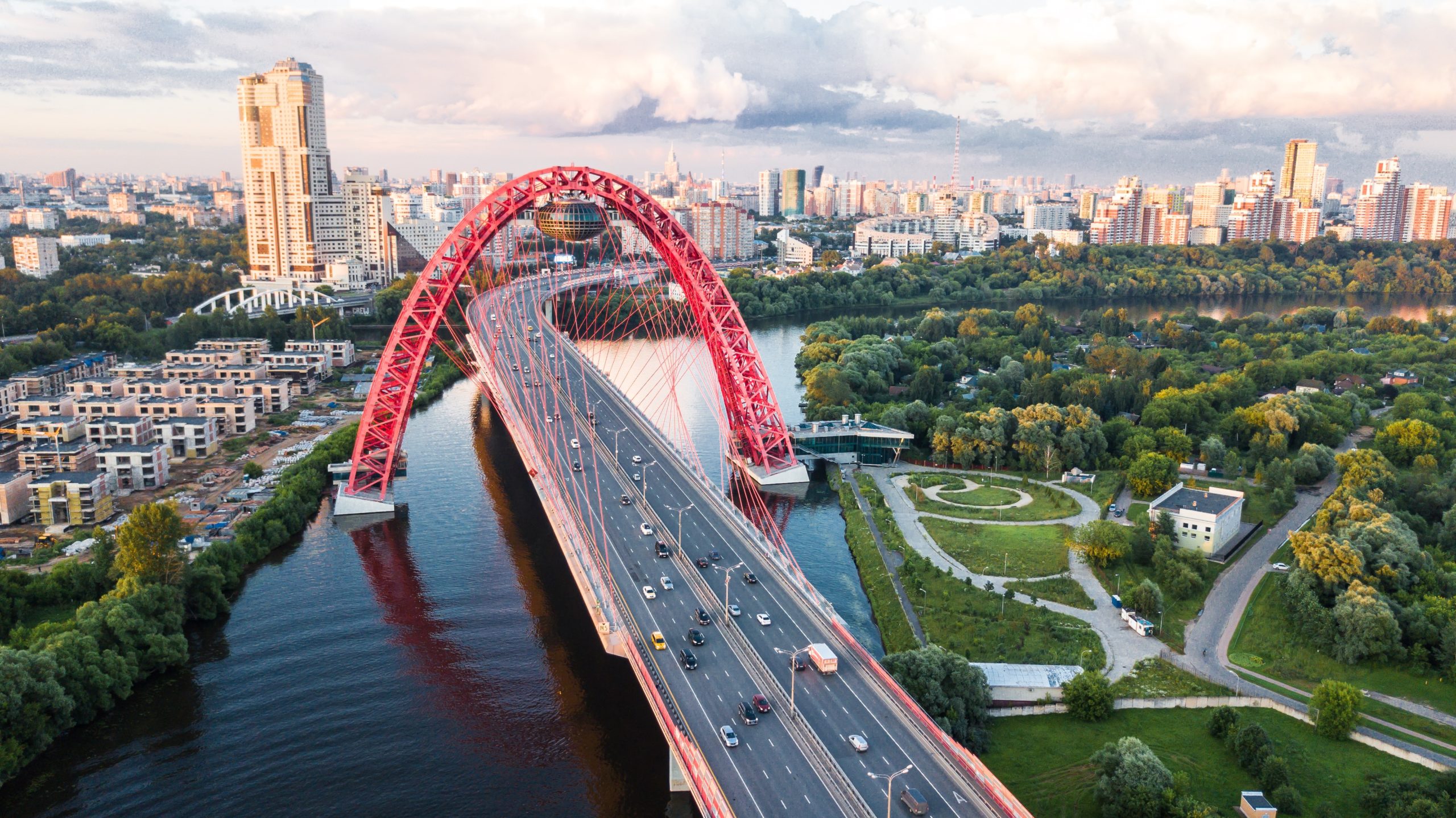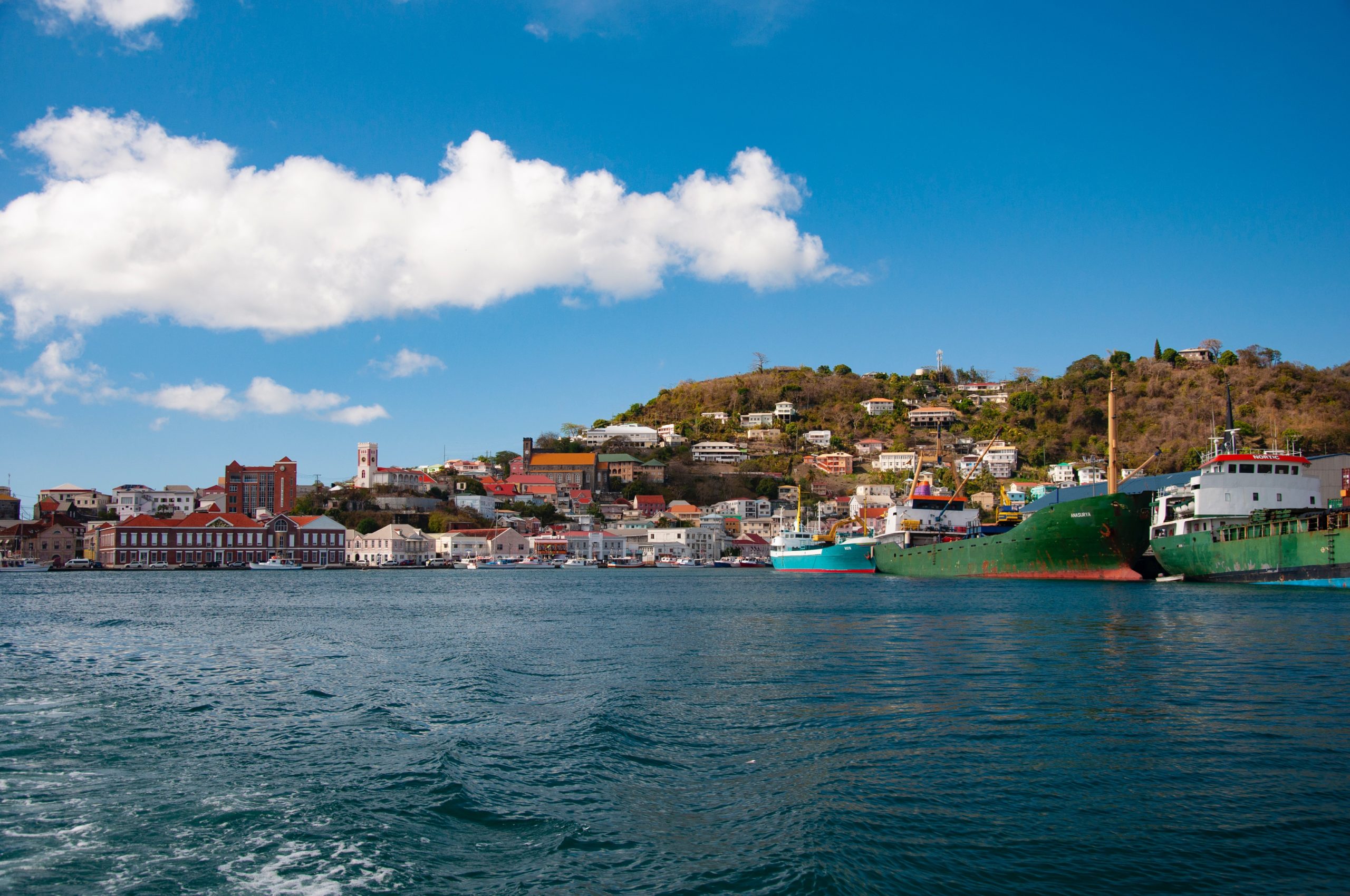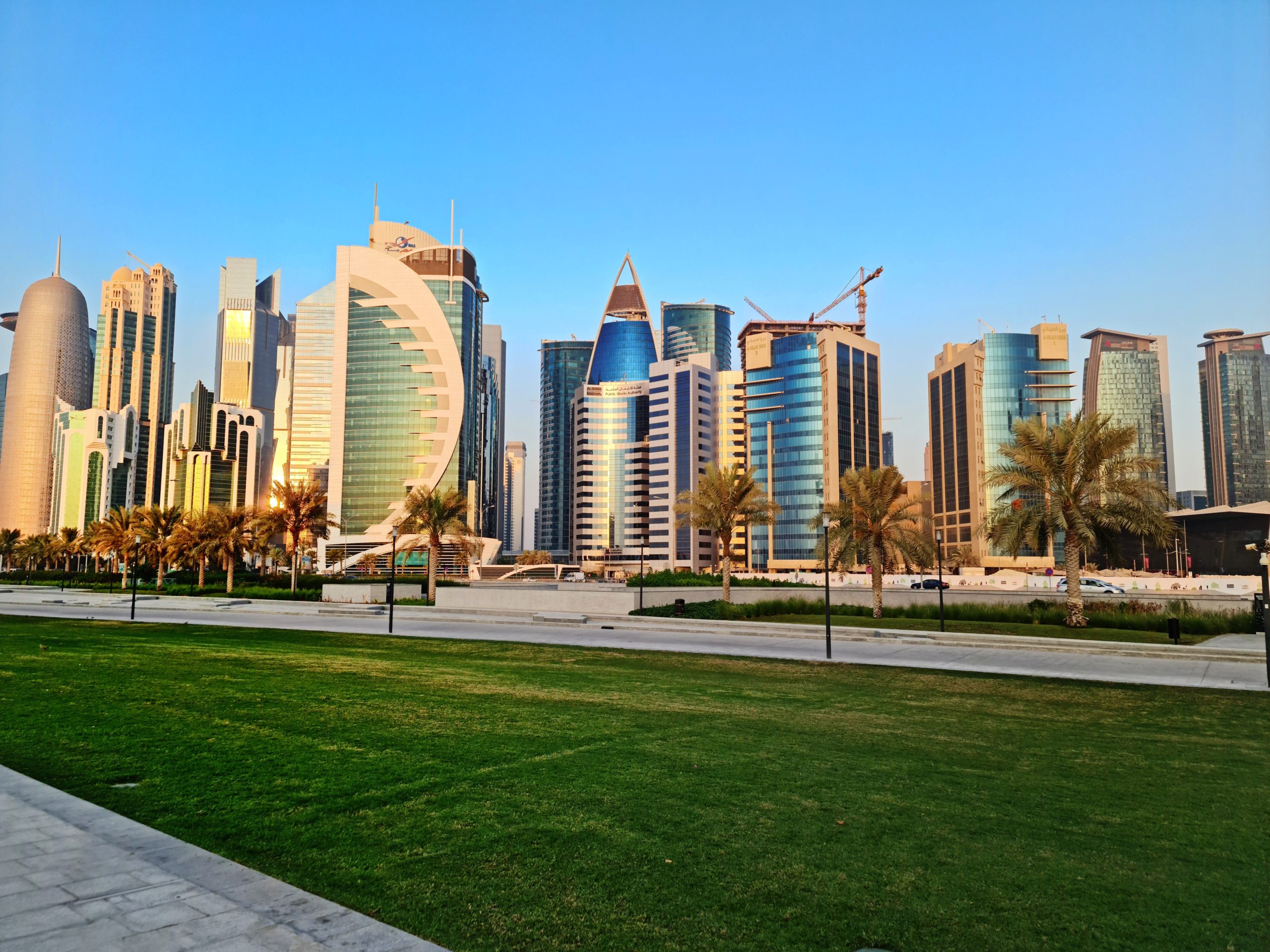After experiencing turbulence in the 1980s and 1990s, South American banks are now slowly beginning to blossom. The region’s financial services industry is going through a period of significant development, helped by the adoption of international regulatory norms and several prosperous economies. The five largest financial institutions in terms of asset size are located in Brazil, which also houses four other banks, while Mexico is home to the other two of South America’s top ten banks. So, in the section below, we’ll look at some of South America’s biggest banks:
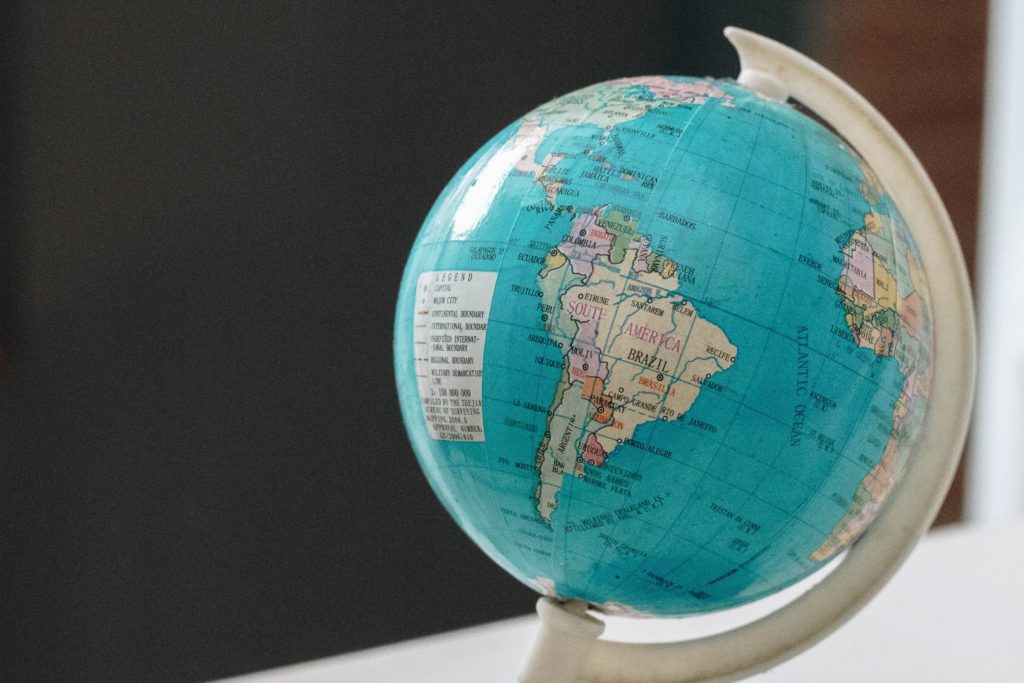
Banco Ita Unibanco
It’s mainly a Brazilian financial services firm with its main office in Sao Paulo. Ita Unibanco was created in 2008 with the union of Banco Ita and Unibanco. It is the biggest bank in Brazil, the biggest in all of Latin America, and the seventy-first largest bank worldwide. It ranks among the top twenty banks in terms of value worldwide. The bank is listed on the NYSE in New York and the B3 in Sao Paulo.
Mexico’s Banorte
Banorte was quick to respond to Mexico’s financial crisis in the 1990s by purchasing several banks and quickly expanding its footprint across the nation. The bank, officially known as Grupo Financiero Banorte, provides warehousing services, retirement funds, insurance and annuity products, and investment services. Banorte enjoys a $74 billion asset base.
Mexico’s Banamex
Banamex, which is today a subsidiary of Citigroup, was created in 1884 as a result of the union of Banco Mercantil Mexicano and Banco Nacional Mexicano. With an asset base of $85 billion, the bank has more than 1,700 offices and more than 20 million customers. Afore Banamex retirement plan services, Banamex insurance, and Accival brokerage services are a few of the financial companies covered by Banamex.
Mexican bank BBVA Bancomer
Mexico’s largest bank in terms of deposits and assets is Bancomer, a division of the Spanish firm BBVA ($101 billion in assets). Among its sources of income include the management of mutual funds and insurance policies, stock brokerage services, and retail banking activities. Nearly 7,750 ATMs and 1,800 branches across the nation are now part of BBVA Bancomer.
Brazil’s Caixa Economica Federal
Caixa was founded in the late 1960s, and because of its tight ties to the Brazilian Finance Ministry, it is regarded as a “private government institution”.It oversees Brazil’s lottery program in addition to carrying out national housing policies and income transfer initiatives. The asset base of Caixa Economica Federal exceeds $380 billion.
Brazil’s Banco Bradesco
Banco Bradesco, a Sao Paulo-based company that provides banking services to both individuals and businesses, also provides retirement plans and insurance services. Banco Bradesco is currently the second-largest privately owned financial institution and Brazil’s third-largest bank, with an asset base of about $391 billion.
Brazilian Finance Ministry
The bank is essential in carrying out national housing policies and income transfer initiatives. It also oversees the primary lottery systems in the nation.
Aval Acciones y Valores Group SA
The largest financial holding firm in Colombia is Grupo Aval Acciones y Valores. Among its four conventional banks are:
- Banco de Bogotá, which provides a range of retail services and goods.
- Corporate, governmental, and retail clientele are all served by Banco de Occidente.
- Banco Popular is a company that collaborates with governmental organizations.
- Banco AV Villas is a provider of credit cards, loans, and mortgages.
The holding company was established in 1994, and Colombian businessman Luis Carlos Sarmiento is in charge of it. Through its subsidiaries Corficolombiana and Porvenir, which have locations all around Central America, it also conducts investment banking and manages private pension and severance plans.
